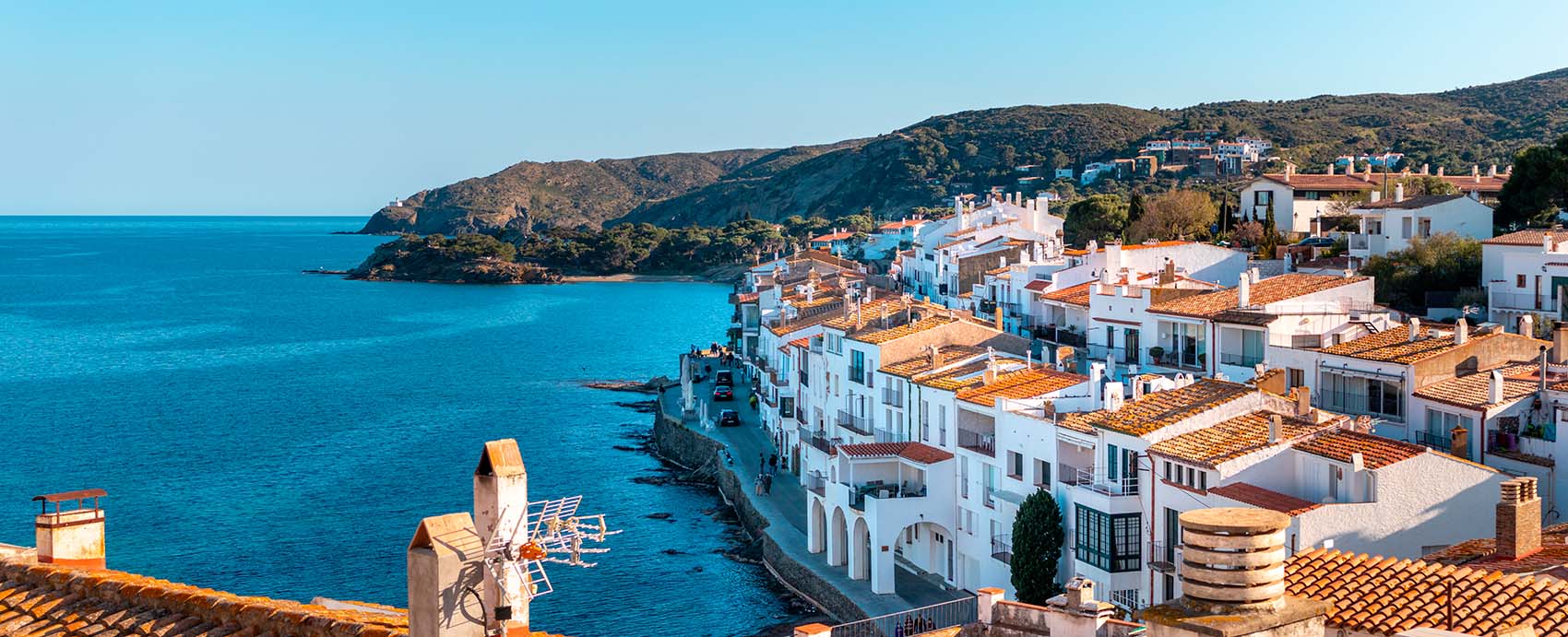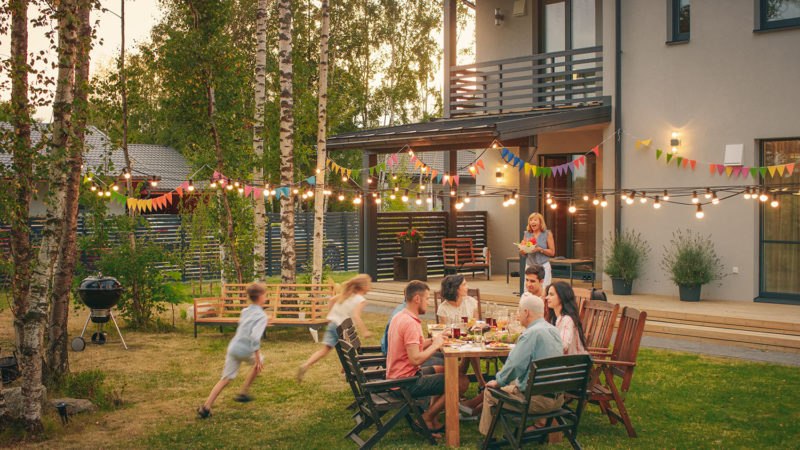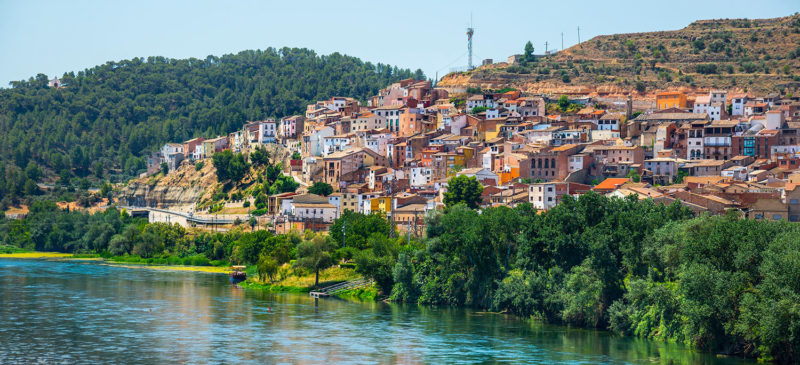

When there is no money for holidays
The tourism sector is beginning to pick up after two years of gloom due to the restrictions caused by the pandemic. However, the search for “maximum savings” on holidays has become a priority for many people and 12% of the population will continue to stay at home for one more summer, in many cases for economic reasons.
Despite the improvement in the sanitary crisis and the relaxation of measures to avoid contagion, 12% of the population still do not plan to travel this year for holidays, according to a study by the National Observatory of Outbound Tourism. This is a significant percentage, although the situation has improved considerably for the tourism sector compared to last year, when almost a third of those surveyed were planning to stay at home.
In half of the cases, respondents who will not travel this year cite economic reasons, with price increases (25%) and a drop in income (20%) being the most common causes. The percentage of those who have given up travelling because of pandemic-related fears has fallen from 23% a year ago to just 12%.
One of the major trends highlighted by the study for this summer is “the key role of travel flexibility and cancellation policy” in holiday booking. In this regard, 41% of respondents are considering taking out cancellation insurance, 27% are considering taking out accident insurance and 24% are considering taking out medical insurance.
Thirty-seven percent of travellers had already booked a summer holiday in May, when the survey was conducted, but almost one in three (31%) said they would wait and book “as late as possible to be on the safe side”.
Low-cost holidays
Another big trend the report notes for travel this year is “the search for maximum savings”. The average amount that each person expects to spend on holidays is still below pre-pandemic figures, although this year interrupts the downward trend that had been in place since 2018. Thus, the budget is €610 per person, €44 more than in 2021. The main expenses are expected to be accommodation (34%), catering (25%) and transport (20%).
In terms of type of holiday, sun and beach tourism is overwhelmingly in the majority (41%), followed by family (15%), relaxation (15%) and culture (14%). With respect to the summer of 2021, the proportion of people who will travel within the Spanish State drops to 60% and the proportion of those who opt for an international destination (18%) or combine both geographical options (22%) increases.
Despite the slight recovery in travel to international destinations, it is still below pre-pandemic levels and interest in the different geographical areas is very uneven. In this sense, Europe is the destination that attracts the most interest, while the attractiveness of other continents remains in the minority. In line with this, air travel is experiencing a clear recovery, close to pre-pandemic levels, although private car is still the most popular means of transport, as it is chosen by two out of three respondents.
The majority of travellers (56%) will enjoy a summer holiday of at least 8 days, and 14% will spend more than 15 days. August is the main month of the summer holidays for 42% of the respondents, while July is the month of choice for 29% of the respondents.
In 2022, the hotel is consolidating its position as the most popular type of accommodation (36%), up 9 points compared to 2021, followed by the holiday flat (22%). In contrast, self-catering (21%) is down 11 points compared to last year and 18 points compared to 2020, a year in which it increased sharply due to the pandemic.
A recovering sector
According to the study, the data seems to show that the tourism sector is beginning to recover, as some figures are approaching pre-pandemic levels. A key role in this progress is said to be played by “the improvement in the sanitary situation and the opening up (or relaxation) of measures adopted in the different countries regarding the mobility and security of travellers”.
Even so, the report warns that the positive data should not overshadow the major challenges and uncertainties: “rising inflation, slowing GDP growth rate and loss of purchasing power of citizens”.
According to data from the Residents’ Tourism Survey compiled by the National Statistics Institute (INE), residents in Spain made 143 million trips in 2021, 41% more than in the previous year. Catalonia was the second most popular destination, chosen by 14% of Spanish tourists. Moreover, Catalans accumulated the highest percentage of trips during 2021 (18% of the total) and their average daily expenditure was 56 euros.
11Onze is the community fintech of Catalonia. Open an account by downloading the super app El Canut for Android or iOS and join the revolution!
If you liked this article, we recommend you read:
 Community
CommunityHoliday ideas for singles
6 min readThe term “single” refers to all single, separated, divorced or widowed people, regardless of
Leave a Reply
You must be logged in to post a comment.




moltes gràciess
Gràcies a tu, Joan!!!
M’agradat molt aquest article. Es tant necessari com real, cada estiu hi han més families que decideixen no fer vacances per estalviar front a les dolentes dades econòmiques.
Si Jordi, estem tan plens de propaganda animista que ens condueix irremeiablement cap a l’abisme. És necessari tocar de peus a terra i recordar qui som i d’on venim.
👍
Gràcies, Manuel! Ens seguim veient a La Plaça!😉